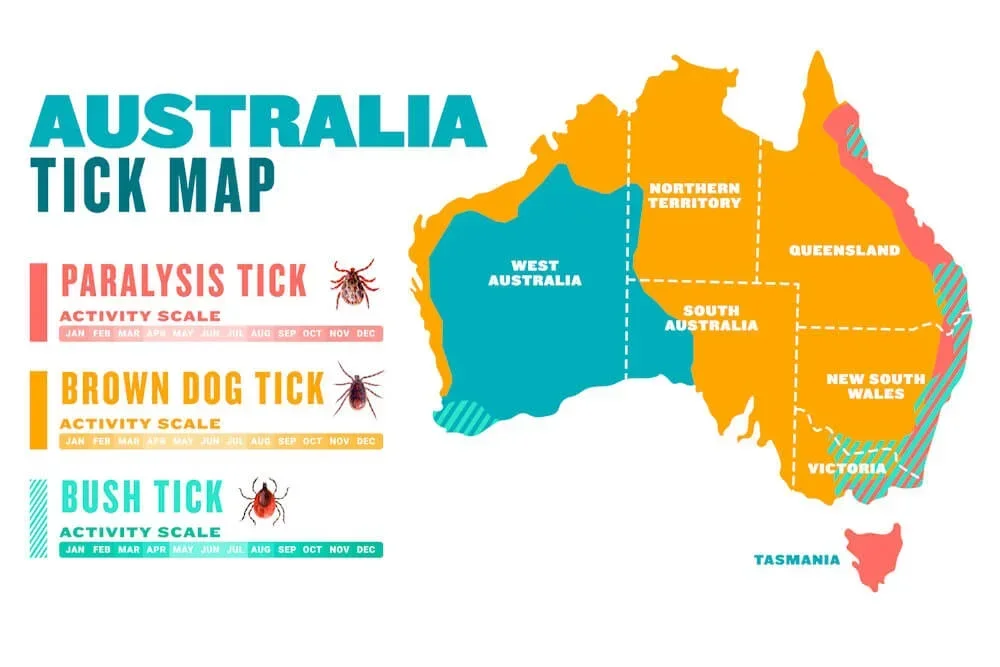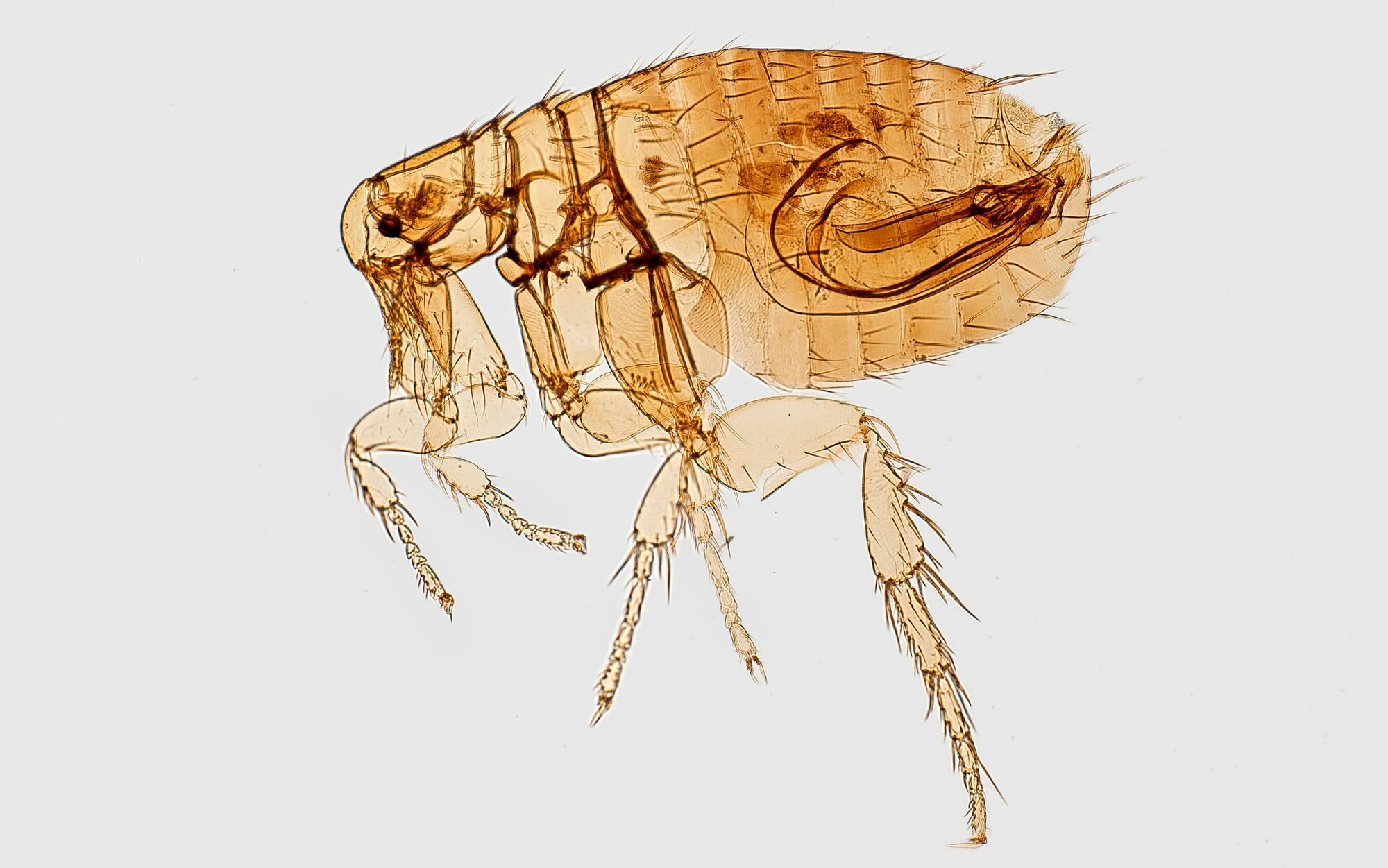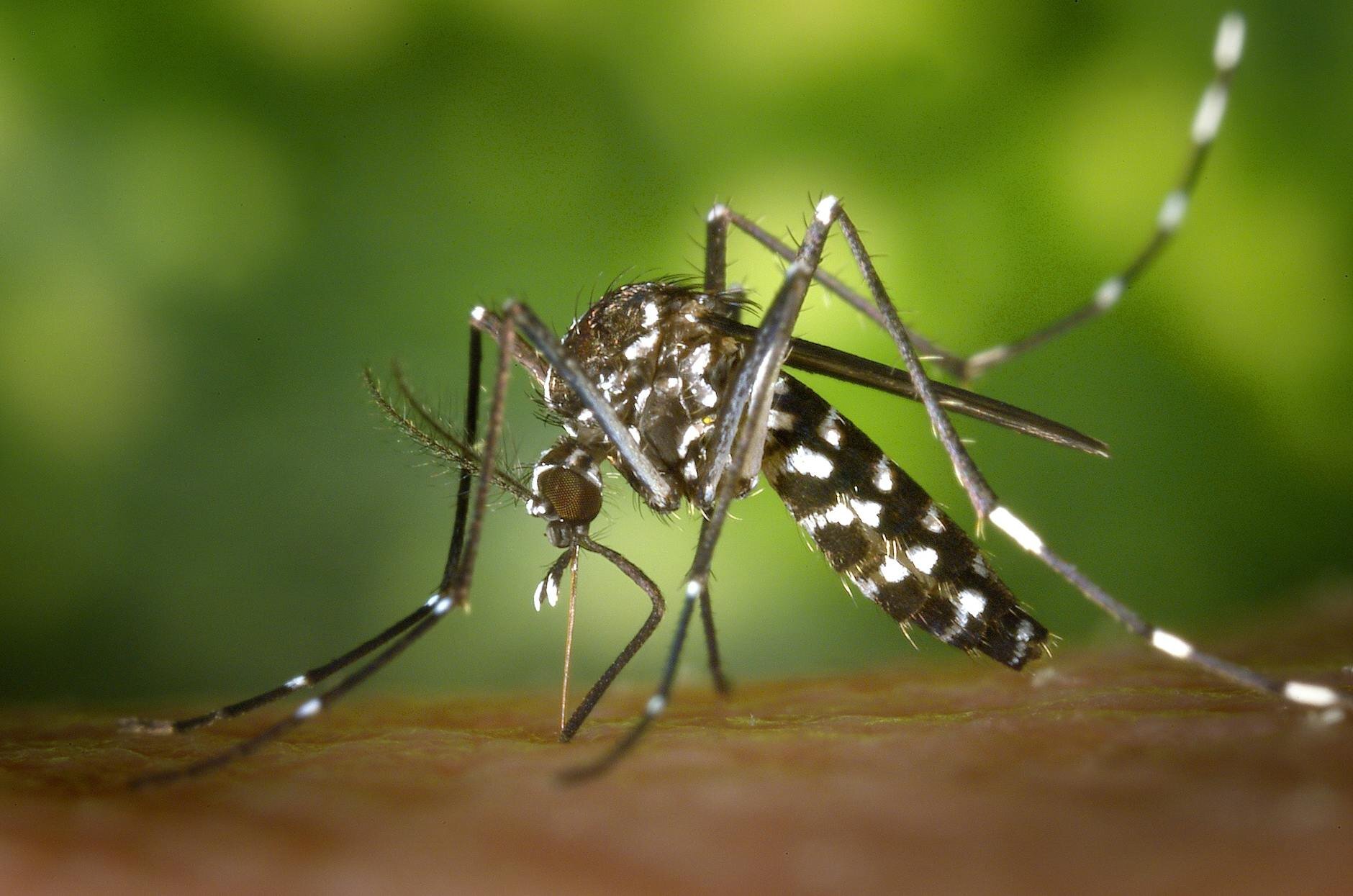Paralysis Ticks
Paralysis Ticks are of concern year-round but are more prevalent in the warmer months of Spring and Summer. Once attached to a host, the Paralysis Tick secretes a deadly toxin that causes an ascending paralysis in dogs, cats and other animal species.
If a tick is found on your dog, it is important to remove it as soon as possible. A Tick Twister Tool can make removing a tick at home a lot easier but if you are not confident, then leave it to the veterinarian or veterinary nurse to remove.
Identification of the species of tick is important to know if your dog is at risk. Ensure that any ticks removed from your pet are identified by a veterinarian to know if it is a paralysis tick. Even after a paralysis tick has been removed, a dog's symptoms may worsen and develop further because the toxin is still present in their system. Paralysis ticks can be deadly so if your dog is showing signs of tick paralysis then immediate veterinary treatment is required.
Signs of Tick Paralysis:
- Weakness or Loss of Coordination in Back Legs
- Change in sound of Bark or Voice
- Loss of Appetite
- Drooling
- Trouble Breathing
- Coughing
- Vomiting, Retching and Regurgitation
When it comes to ticks, prevention is better than cure. Ensuring your dog is covered with tick prevention year-round is the best way to protect your fur baby from deadly tick paralysis.
Pet Circle Vets recommend daily tick searches regardless of whether you are using a treatment, particularly if you live in a tick prone environment.
Brown Dog Tick
Ehlichiosis, spread by the Brown Dog Tick, was first detected in the Kimberly Region of Western Australia in 2020 and has since spread to other areas of Australia, with the Northern Territory and Western Australia most heavily affected.
Transmission occurs when an infected tick bites a dog and transmits the Ehrlichia canis bacterium. Symptoms include fever, enlarged lymph nodes, bleeding from the nose, lethargy and inappetence. This disease unfortunately, has a high mortality rate, and is particularly deadly in younger or older dogs that are immunocompromised.
If you are planning to travel or live in high risk area, it is recommended to use a Seresto Collar in conjunction with an oral or topical tick preventative to protect your dog against transmission.









